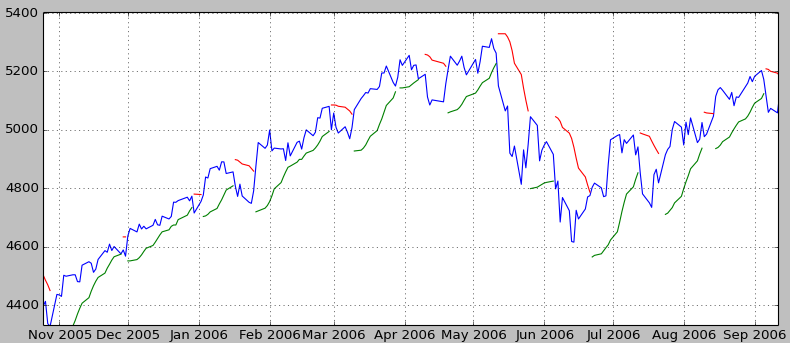I recently posted regarding my new preference of RoR vs Django. Moving forward with updating my knowledge of web development, I took a look at AngularJS and I have to admit I like what I see. Their tutorial is very well built and clearly demonstrates how to render views on the client side based on data generated on the server side.
This means your back-end does not need to render any HTML code anymore and you can focus on developing REST APIs providing the data. While client overload may still have been an argument against client side MVC framework a few years ago when this new kind of framework appeared, modern computers can really handle the rendering, and modern mobile phones are way faster than older desktop systems.
I chose AngularJS because the application I am currently working on was originally developed with it but you can find a very clear comparison of client-side MVC frameworks on TodoMVC where you can find a to-do application implemented using the various frameworks available today.
